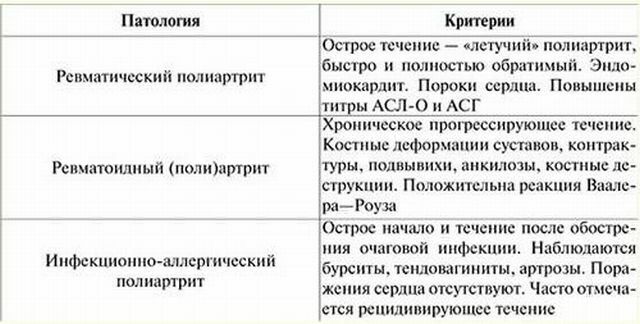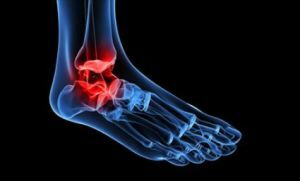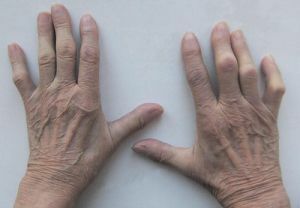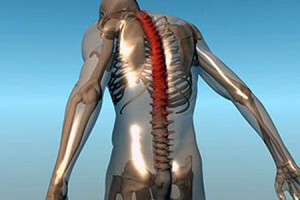 This is a group of long-term( chronic) inflammatory connective tissue diseases that occur in both children( juvenile spondyloarthropathies) and adults with a genetic predisposition.
This is a group of long-term( chronic) inflammatory connective tissue diseases that occur in both children( juvenile spondyloarthropathies) and adults with a genetic predisposition.
Etiology of the disease is allegedly infectious.
Spondyloarthropathy is characterized by inflammation of the spine, peripheral and sacroiliac joints. The frequency of the disease is 5-12 patients per 1000 people.
Contents of the article
- Classification of the disease
- Causes of the pathology
- Features of the
- symptoms What is the complexity of the therapy?
- Approach to treatment
- Forecast is disappointing
Classification of the disease
Spondyloarthropathy is of the following types:
- ankylosing spondylitis( Bechterew's disease);
- psoriatic arthritis;
- reactive arthritis;
- Reiter syndrome;
- enteropathic arthritis( Whipple's disease, undifferentiated non-pesticidal colitis, Crohn's disease);
- is an undifferentiated species.
Species of the disease:
- Seronegative spondyloarthropathy( ankylosing arthritis) is the cause of stiffness and pain in the lumbar region, which after a while can smoothly move into the area of the scapula. In severe cases, a deep spinal injury can occur that causes an unbending stiffness in the back. Also, joints of the lower extremities may be involved in the process. At children all basic signs are shown from knees, hips, heels, and only then pass to a backbone.
- Psoriatic spondyloarthropathy is closely related to the occurrence of psoriasis( the appearance of red and white scales on the skin), the symptoms of which precede the symptoms of arthritis. On the fingers and toes may appear dimples, thickenings, blisters,
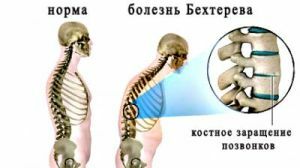 taking a yellowish hue. Such formations can give a sign that the inflammatory process has affected large joints. In addition, the patient may experience severe swelling of the fingers.
taking a yellowish hue. Such formations can give a sign that the inflammatory process has affected large joints. In addition, the patient may experience severe swelling of the fingers. - reactive arthritis is very similar to psoriatic arthritis, however its cause and spread rate are different. Reactive arthritis is caused by various infections and pathogenic microflora that can penetrate the spine after extrinsic diseases. If along with pain, swelling of the extremities and inflammation of the joints, there is also a lesion of the skin, then this is Reiter's disease.
- Enteropathic arthritis involves the pathological process of inflammation of the spine and the wall of the intestine. Symptoms can manifest and disappear with varying intensity, but basically, if the patient starts to have a stomach ache, signs of arthritis also appear. The disease also affects the knee, elbow, ankle and hip joints.
The causes of the pathology of
Scientists have not yet found the cause of the disease, but many argue that the genetic aspects are responsible for everything, namely the carriage of HLA-B27 antigen, detected in 80-90% of patients who appealed.
Other causes of the disease include urogenital infections( chlamydia, ureaplasmosis), gastrointestinal infections( dysentery, salmonellosis, iersiniosis, campylobacteriosis), infection with Klebsiella.
Features of
features Although there are several types of spondyloarthropathy, their symptoms still have similarities:
- rapid fatigue of the body both in a calm state and in conditions of increased activity;
- acute pain in the lumbar region, giving off in the buttocks;
- stiffness in the lower back after sleep, passing during the day and after active training.
In adults, the development of the disease consists in the damage to the spine, when the joints of the legs or hands suffer as in children.
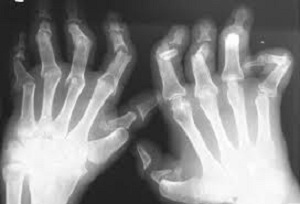 Pathology often becomes the cause of inflammatory eye diseases, for example, uveitis.
Pathology often becomes the cause of inflammatory eye diseases, for example, uveitis.
In some cases, neglected stages can lead to loss of efficiency, as when deforming the spine conversation about the work of a person is no longer in progress.
Chronic spondyloarthropathy can develop complications in the form of heart and lung diseases.
What is the complexity of therapy?
Most often this disease has an easy form and may not be seen by the patient for a long time.
The doctor is already treated with pain, and this is not the initial stage, or with a lucky coincidence, when a third-party examination can see the beginning of the lesion.
Treatment approach
Treatment is aimed primarily at eliminating pain and discomfort, correcting posture, stretching the affected areas to avoid joint deformation.
Inflammation is treated with non-steroidal anti-inflammatory drugs, the use of other medicines varies depending on the type of disease.
The basic methods of treatment:
- Non-amygamous .Patients are advised to maintain their posture while walking, wear fixing corsets and practice exercise therapy. Especially popular is swimming and exercises with extension of the spine and stretching muscles. Patients with a special type of activity, such as motorists, are advised to equip their place of work in such a way that they do not harm themselves even more.
- Medicated .At the initial stages, high-speed drugs, such as NSAIDs, are used. They in
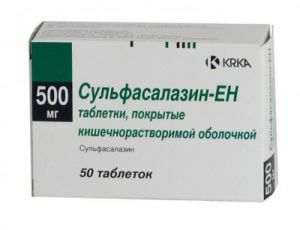 for 48 hours reduce pain in the back and joints, however, after this time the pain can come back again. Patients with peripheral arthritis and a high risk of spreading the inflammatory process are prescribed long-acting drugs - sulfasalazine and methotrexate.
for 48 hours reduce pain in the back and joints, however, after this time the pain can come back again. Patients with peripheral arthritis and a high risk of spreading the inflammatory process are prescribed long-acting drugs - sulfasalazine and methotrexate. - Surgical .The operations are performed depending on the stage of the disease. Arthroplasty of the hip joint is used for severe lesions, osteotomy is indicated for severe kyphosis of the thoracic spine. Also a number of operations are directly related to the impact on the heart and lungs( prosthetics of aortic valves, pacemaker installation and lung resection).
Forecast disappointing
Also, the prognosis may worsen with inflammation of the cervical spine leading to compression of the spinal cord, as well as the development of amyloid nephropathy, which can be avoided by the use of NSAIDs.
The use of treatment reduces the likelihood of a lethal outcome to almost zero, more than 90 percent of patients return to full-fledged life.
So, spondyloarthropathy is a disease that needs to be treated early on, but at this time it does not bring any discomfort to the patient, and, therefore, does not appear in the examination.
To avoid irreversible complications, needs to undergo preventative diagnostics, and in case of detection of the disease, start treatment of .
If you take responsibility for your health, then you can do with a short course of drugs and wearing orthopedic shoes that reduces pressure on the spine.
In more neglected cases, it will be necessary to resort to operations that will concern not only the musculoskeletal system, but also the heart, lungs, intestines.

